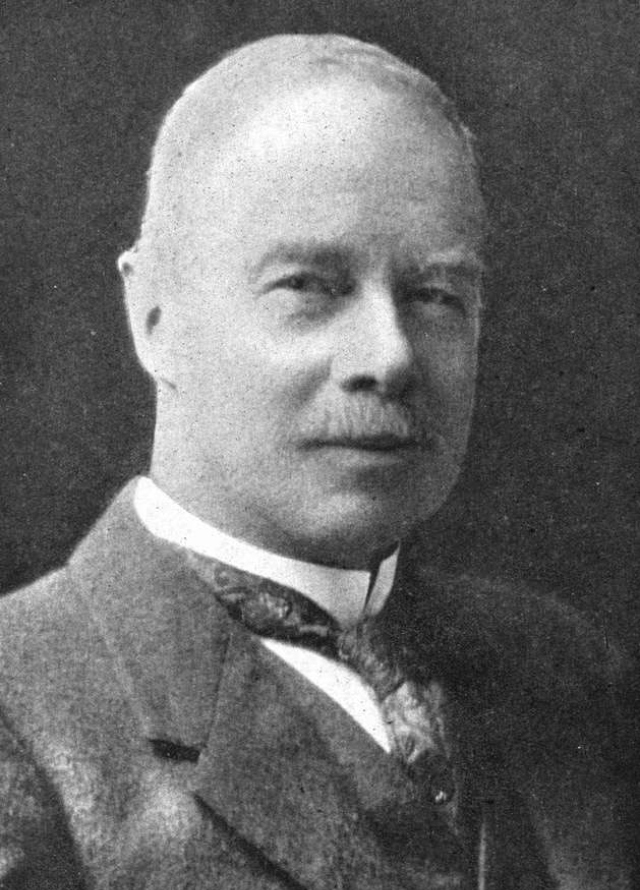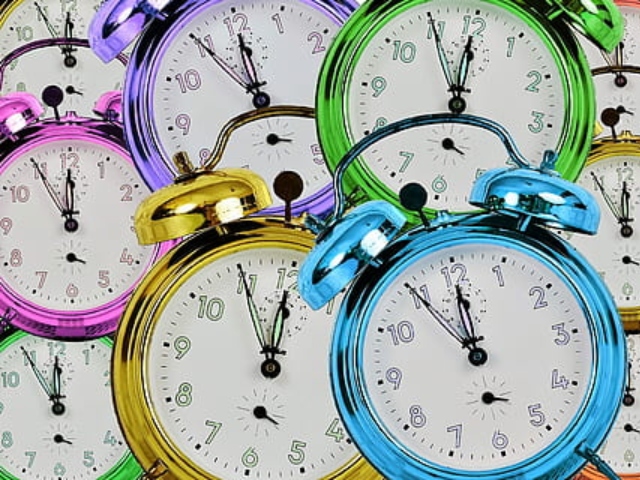[imagesource:wallpaperflare]
At the age of 13, budding amateur naturalist George Hudson wrote his first book on insects he collected and drew in meticulous detail. By the time of his death in 1946, he had penned and illustrated seven books, and amassed one of the largest collections of insect specimens in New Zealand.
But despite the international renown he has received for his obsession with moths and butterflies, few people know that this obsession turned him into one of the earliest proponents of daylight savings. All so he would have more time to study his bugs.
Not one to let his insect-hunting be curtailed by working hours, Hudson proposed a solution: shift the clocks back two hours during summer months – a concept that foreshadowed the modern system of daylight saving time.
Hudson argued in front of the Wellington Philosophical Society in 1895 and 1989 that such a shift would allow folks to make use of early morning daylight for work, and then open up “a long period of daylight leisure” in the evening “for cricket, gardening, cycling or any other outdoor pursuit desired”.
As well as saving on the use of artificial light, the switch would especially benefit “the numerous classes who are obliged to work indoors all day, and who, under existing arrangements, get a minimum of fresh air and sunshine”, he suggested.
Although his proposal was met with ridicule at first, it slowly found traction and support in the following years. Pretty soon, he was not the only one seeing the upside of such a system.
A UK builder named William Willet also noticed that throughout his early morning horseback journey to work, the shutters at workers’ cottages stayed drawn. He, like Hudson, reasoned that by pushing back summertime hours, folks would be able to start their days earlier and have more time for leisure after work.
“Willet’s original idea involved changing the clocks by 20 minutes each Sunday in April, and back over four Sundays by 20 minutes in September”, explains Emily Akkermans, Curator of Time at the Royal Observatory Greenwich.
A single one-hour change was ultimately settled on and eventually presented before parliament in 1908. It wasn’t until 1916 that the war’s burden on fuel saw the practice being adopted by Germany, with the UK doing so a few weeks later. Other nations soon followed, including the United States in 1918.
While Willet didn’t survive to see the adoption of his cause, dying of influenza before the end of the war, Hudson at least lived to see New Zealand pass a one-hour shift into law in 1927.

In addition to ‘changing time’, Hudson also produced over 3,100 paintings, numerous books and extensive field – diaries that have been described as “laying the scientific foundations of our knowledge of a unique nature.”
The creepy crawly-lover went on to even have insects named after him, including Mnesarchaea hudsoni, a small brown moth, and Pseudocoremia suavis, the forest looper moth. Hudson did not just leave his mark on nature science, but on time as well.
[source:bbcnature]





